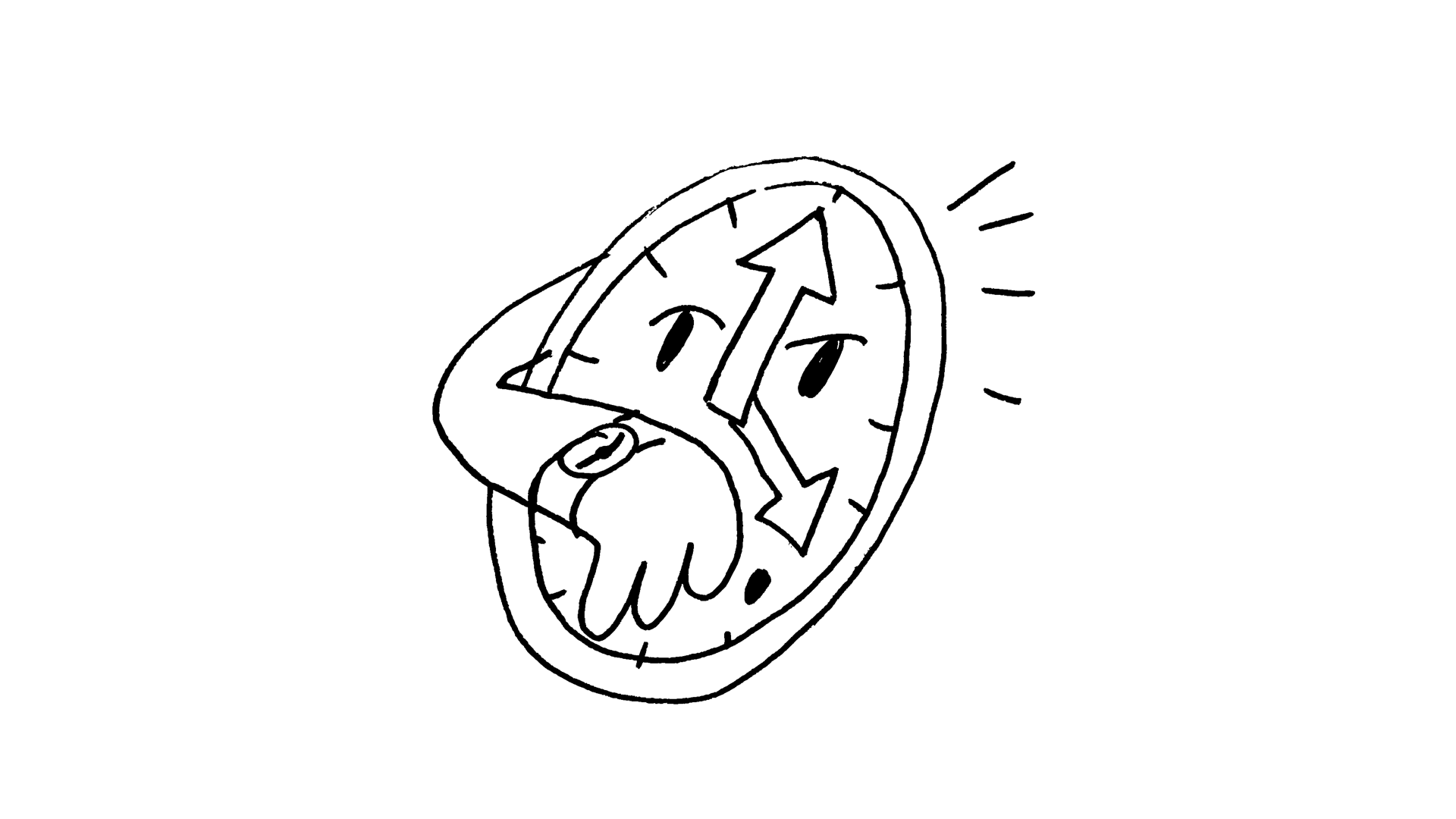Time / Resources

When it comes to involving people in the processes of artistic creation and cultural work, the following question should also be considered: Who actually has time to participate? The answer to this question is related to the various motives that can lead someone to contribute their own valuable (free) time to a participatory artistic project or to take part in an art education activity. The exchange of knowledge can be a motive, behind which lies curiosity: I come to an unpaid activity in my free time hoping that I will go home richer in experience and knowledge. Friendly connections can be essential: I join the activity because I know people there with whom I feel connected and expect to have an enjoyable time. A mutual concern can be decisive: I absolutely have to participate in this activity; it is important to me to support the topic through my participation. And finally, financial compensation is a strong motive: Fair payment is offered for participating in an artistic endeavor, which can contribute to my finances.
The topic has come up again and again in our cultural practice with individual participants as well as with organized groups. The latter certainly follow different logics. It became really vivid and tangible in the context of a project with the organization Danaida, an education center and meeting place for women in our neighborhood. The association offers German courses and literacy courses and what is called “basic education,” aimed at migrant women.
This happened some time ago, but it still has an impact today. In 2012 our art center < rotor > proposed a collaboration with the Graz-based artist Maryam Mohammadi. She already had a lot of experience in working cautiously with women and had already thought about what could be done together with the women from Danaida’s courses. However, our friendly inquiry was met with an unexpected response: We’re sorry, we’re so busy with the learning content in our courses that we don’t have time for a collaboration with an artist.
After thinking it over, as the basic interest was there, we wanted to find out whether there might be a possibility for collaboration after all. The solution was to integrate the artistic project into the curriculum of the courses. It resulted in the touching project It’s in the hands of women as part of the scheduled courses. In the end, 118 women contributed to the project by bringing along an object they had taken with them on their migration to Austria. The artist photographed the objects in the women’s hands. As part of the learning program, the women were invited to talk about the meaning of their object, its personal history, and to describe it in a few sentences. The entire piece was later shown in an exhibition at the Graz Museum, which was visited by many of the participants.
Since then, Danaida’s groups with their female course participants have been part of the “regular audience” of < rotor >. We always try to adapt to the needs and existing knowledge of the course participants and provide customized mediation. This was also the case with a workshop for Art Space Unlimited held by Nayari Castillo, a member of the group Forest Encounters. In the workshop a group of women exchanged different views regarding their understanding of a “forest.” The participants wrote down their personal experiences of the forest, either in their native languages or in German, and these texts have become part of the collection Forest Encounters Glossary.
What does this story, which begins with a refusal, tell us about the time economy? Well, the NGO we were supposed to work with had a dense course program with clear objectives, and the participants were to be taught certain skills. There was no time for anything else. And the women who were taking part in these courses had their own schedules as well. Many of them were busy looking after children and organizing their daily lives on a tight budget. It would have been difficult for them to find time to work with an artist in addition to the intensive courses they were attending or to take advantage of the cultural program or mediation offerings of an art center on their own initiative. Due to the skillful integration of the contemporary art project into the course, this group of women was able to take part after all.